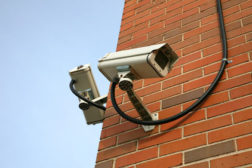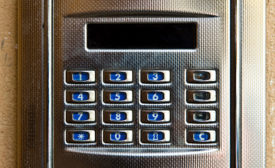Web Exclusive Stories
Advancing Security and Well Being Through Localized Efforts
How to More Efficiently and Cost-Effectively Streamline the Programs within FEMA
October 25, 2011
Sign-up to receive top management & result-driven techniques in the industry.
Join over 20,000+ industry leaders who receive our premium content.
SIGN UP TODAY!Copyright ©2024. All Rights Reserved BNP Media.
Design, CMS, Hosting & Web Development :: ePublishing





